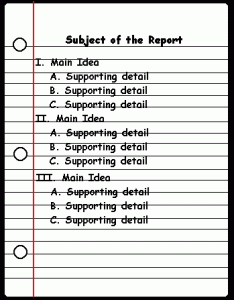Have you ever had the experience of presenting at the front of the room to prospects and someone throws a curve-ball question, catching you off guard? It happened to me, early in my business marketing career and I'll remember that uncomfortable moment forever. Here's my advice if this ever happens to you.
Rule one is DON'T FAKE IT. If you get
caught making up answers or providing inaccurate information, it could hurt
your credibility. First, acknowledge the person who asked that question for
asking a great question. Then, admit that you don't have the answer but
confidently declare that you will find out. Offer the person asking the
question your business card and ask him or her to follow up with you at a later
time for the answer to the question after you've had time to research it.
In my situation, it wasn't about providing inaccurate information. I made the awful mistake of using a handout that I didn't develop and someone offered me. Basically, I didn't review all of the information on it. Someone had a question on information that was listed on the backside of the handout and I had no clue what it was referring to. I must have had the deer in the headlights look and learned a valuable lesson that day; always know what's on your handouts!





